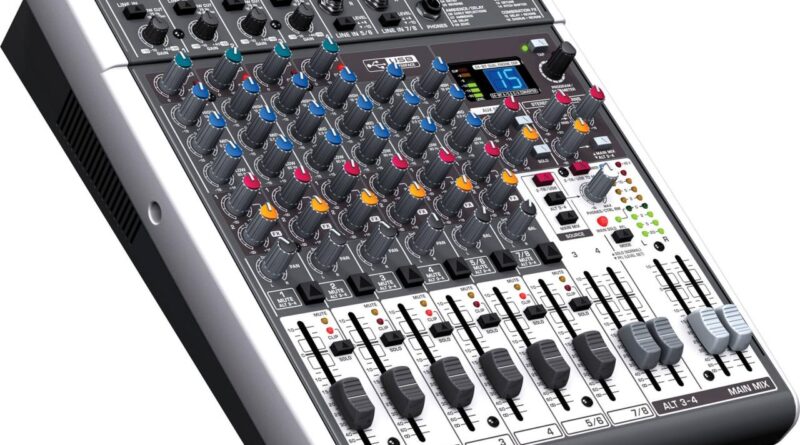Stereo Mixers: A Comprehensive Guide
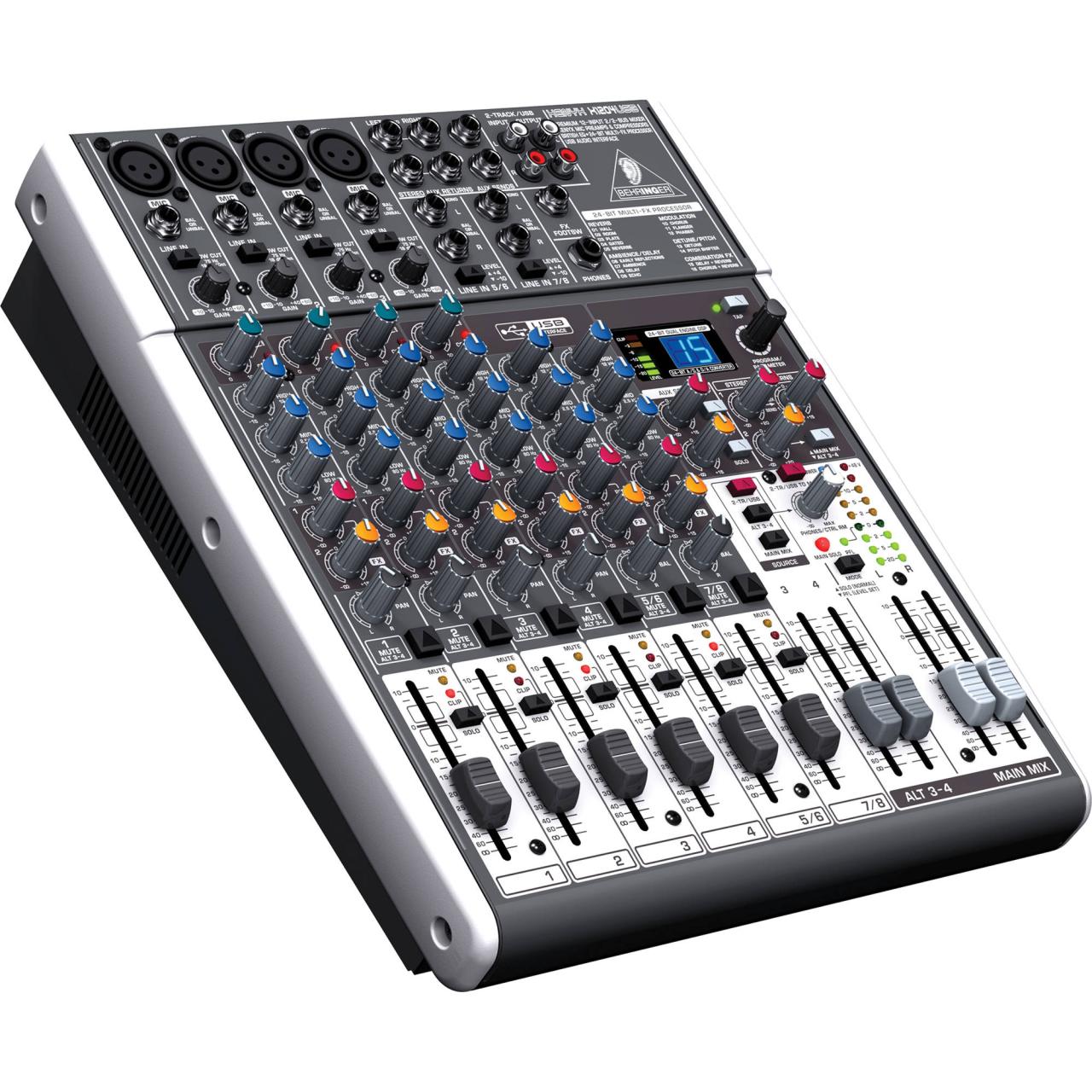
Stereo Mixers: A Comprehensive Guide
Stereo mixers are essential tools for audio engineers, musicians, and anyone who needs to combine multiple audio sources into a single stereo output. They allow you to control the levels, panning, and effects of each input, and to create a balanced and cohesive mix.
In this article, we will explore the different types of stereo mixers, their features, and how to use them to achieve your desired sound.
Types of Stereo Mixers
There are two main types of stereo mixers: analog and digital.
Analog mixers are the traditional type of mixer, and they use physical knobs and faders to control the audio signals. They are typically more affordable than digital mixers, and they can be a good option for small setups or for those who prefer the tactile feel of analog controls.
Digital mixers use digital technology to control the audio signals, and they offer a wider range of features than analog mixers. They are typically more expensive than analog mixers, but they can be a good option for larger setups or for those who need more control over their mix.
Features of Stereo Mixers
Stereo mixers typically have a number of features that allow you to control the audio signals. These features include:
- Inputs: Stereo mixers have multiple inputs, which allow you to connect multiple audio sources. The number of inputs will vary depending on the model of mixer.
- Outputs: Stereo mixers have two outputs, which allow you to connect the mixer to a stereo system or to another audio device.
- Levels: Each input on a stereo mixer has a level control, which allows you to adjust the volume of the signal.
- Panning: Each input on a stereo mixer has a panning control, which allows you to adjust the position of the signal in the stereo field.
- Effects: Some stereo mixers have built-in effects, such as reverb, delay, and chorus. These effects can be used to add depth and space to your mix.
How to Use a Stereo Mixer
Using a stereo mixer is relatively simple. Here are the basic steps:
- Connect your audio sources to the mixer. Use the appropriate cables to connect your audio sources to the inputs on the mixer.
- Adjust the levels of each input. Use the level controls to adjust the volume of each input so that they are all at a similar level.
- Pan each input. Use the panning controls to adjust the position of each input in the stereo field.
- Add effects. If desired, you can use the built-in effects to add depth and space to your mix.
- Connect the mixer to your stereo system. Use the outputs on the mixer to connect the mixer to your stereo system or to another audio device.
Tips for Using Stereo Mixers
Here are a few tips for using stereo mixers:
- Start with a clean slate. Before you start mixing, make sure that all of the levels and panning controls are set to zero. This will give you a clean starting point for your mix.
- Use your ears. The best way to learn how to use a stereo mixer is to experiment and use your ears. Listen to your mix and make adjustments until you are happy with the sound.
- Don’t be afraid to ask for help. If you are having trouble using your stereo mixer, don’t be afraid to ask for help from a friend, a fellow musician, or an audio engineer.
Conclusion
Stereo mixers are powerful tools that can be used to create a wide range of sounds. By understanding the different types of stereo mixers, their features, and how to use them, you can achieve your desired sound and take your music to the next level.
Advanced Techniques for Using Stereo Mixers
In addition to the basic techniques described above, there are a number of advanced techniques that you can use to get the most out of your stereo mixer. These techniques include:
- Using submixes. Submixes are groups of inputs that are mixed together before being sent to the main mix. This can be useful for organizing your mix and for creating complex effects.
- Using aux sends. Aux sends are outputs that allow you to send a signal from the mixer to an external effects unit. This can be useful for adding effects to individual inputs or to the entire mix.
- Using EQ and compression. EQ and compression are two essential tools for shaping the sound of your mix. EQ can be used to adjust the frequency response of a signal, while compression can be used to control the dynamics of a signal.
- Using automation. Automation allows you to record and playback changes to the mixer settings over time. This can be useful for creating complex effects or for automating the mix during a live performance.
By mastering these advanced techniques, you can take your mixing skills to the next level and create truly professional-sounding mixes.
Troubleshooting Stereo Mixers
If you are having trouble with your stereo mixer, there are a few things you can check:
- Make sure that all of the cables are connected properly. Loose or damaged cables can cause a variety of problems, including noise, distortion, and dropouts.
- Check the levels of each input. If the levels are too high, it can cause distortion. If the levels are too low, it can make it difficult to hear the signal.
- Check the panning of each input. If the panning is set incorrectly, it can cause the sound to be unbalanced or to disappear from one side of the stereo field.
- Try resetting the mixer. If all else fails, you can try resetting the mixer to its factory default settings. This will erase all of your settings, so be sure to back up your settings before you do this.
If you are still having trouble with your stereo mixer, you may need to contact a qualified audio engineer for assistance.
Conclusion
Stereo mixers are powerful tools that can be used to create a wide range of sounds. By understanding the different types of stereo mixers, their features, and how to use them, you can achieve your desired sound and take your music to the next level.
5 Best Stereo Mixers for Enhanced Audio Control
Stereo mixers are essential tools for musicians, DJs, and audio engineers who need to combine multiple audio sources into a single output. With a wide range of features and capabilities, choosing the right stereo mixer can be a daunting task. Here are the top 5 stereo mixers that offer exceptional performance and versatility:
1. Behringer Xenyx QX1202USB
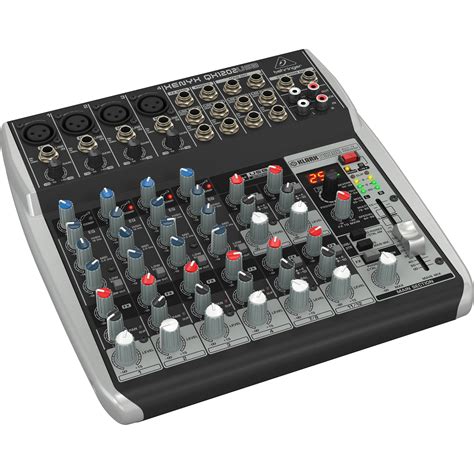
- 12-channel mixer with 4 mic preamps
- Built-in USB audio interface for recording and playback
- 3-band EQ on each channel
- 2 aux sends per channel
2. Mackie ProFX12v3
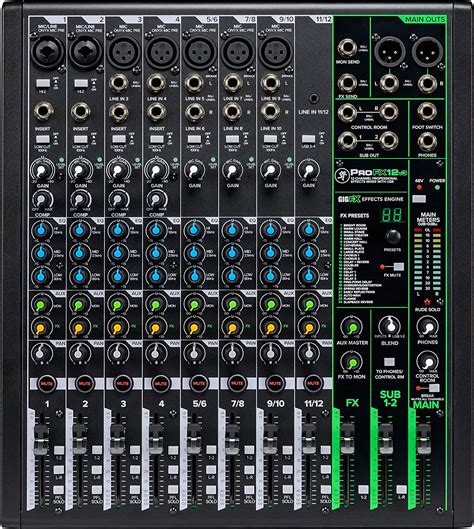
- 12-channel mixer with 6 mic preamps
- Onyx mic preamps for pristine sound quality
- 3-band EQ with sweepable mid-band on each channel
- 4 aux sends per channel
3. Yamaha MG10XU
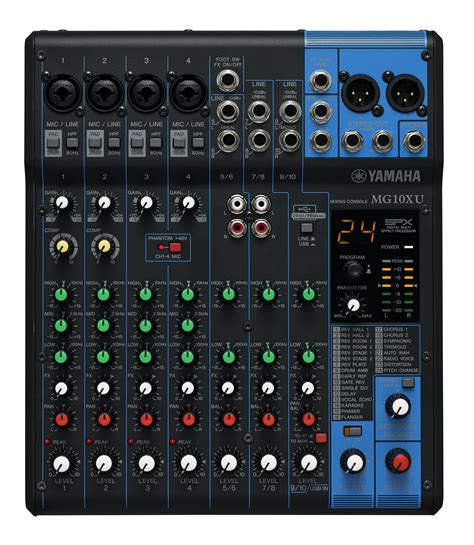
- 10-channel mixer with 4 mic preamps
- D-PRE mic preamps for warm and natural sound
- 3-band EQ with high-pass filter on each channel
- 2 aux sends per channel
4. Soundcraft Signature 12MTK
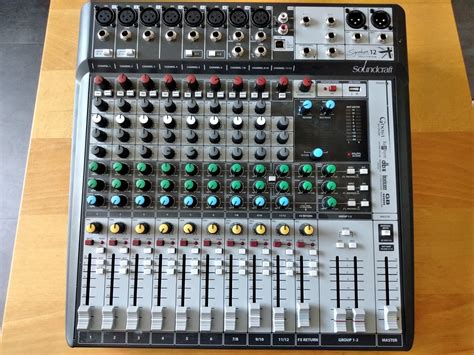
- 12-channel mixer with 8 mic preamps
- Ghost mic preamps for extended headroom
- 4-band EQ with sweepable mid-bands on each channel
- 4 aux sends per channel
5. Allen & Heath ZED-10FX
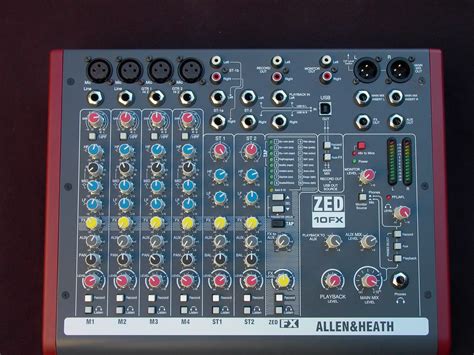
- 10-channel mixer with 4 mic preamps
- DuoPre mic preamps for exceptional clarity
- 3-band EQ with sweepable mid-bands on each channel
- 2 aux sends per channel
